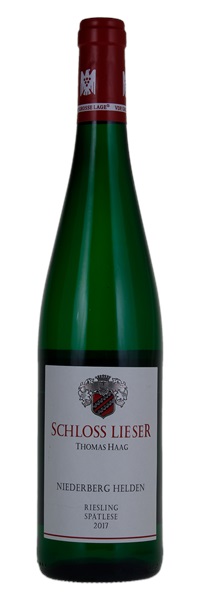Estimate

The nose is pure and fresh, with slatey notes. The palate is lush but lean, crystalline and elegant, revealing generous but precisely defined fruit and lingering salinity.
Bright and succulent, with luminous aromas and flavors of lime zest, spice and kiwifruit, all tied to an elegant profile. Shows fine balance and a long, elegant finish.
The nose is earthen and closed initially, but aeration reveals a luminously peachy perfume here. Medium sweet yet pertly balanced, it offers piercing apricot and tangerine flavors offset by zappy lime acidity and a tangy hit of salt.
...with aeration, apple and melon scents emerge. Happily, the glossy palate is succulently rich and full of pure fruit, with fresh lime serving for balancing brightness. The finish lingers lusciously and refreshingly, carrying an appropriate undertone of wet stone.
Pure honey and lemon fruit...slight smoky note. That smoky quality on the palate too, and single-minded fruit purity. Cuts across the palate to a long, super-crisp finish.